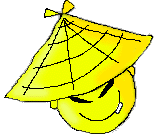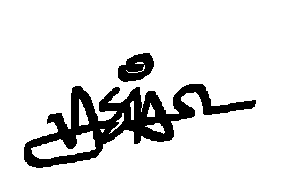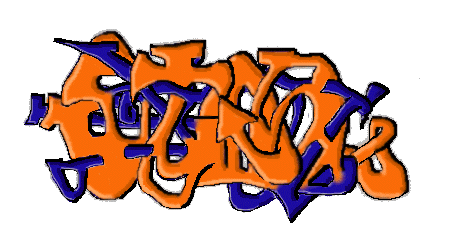



| MAIN PAGE |
| ME |
| Ma, Pa,... |
| My Buddies |
| Interests |
|
Go Que? Rules of Go Me and Go |
| Resume |
| E-mail me! |
So what is Go?Today, Go has become immensely popular in Europe and is recently making a more dominant presence in North America. However, its main source of followers still reside in South Eastern Asia. China, Japan and Korea remain the "power houses" of Go and its popularity there can be compared to hockey in North America or soccer in Europe. Go is a board game that is played between two parties. The object of the game is to gain control of as much of the board as possible. Whoever has the most "territory" by the end of the game wins. It's as simple as that!
For those of you interested in trying out your skills... there is a small freeware program written my David Fotland, author of "Many Faces of Go". Just click here to download it: HERE
Soon afterwards, I had the opportunity to play for the right to represent Canada and the United States to the World Youth Go Championships held in Taiwan. At this time, I was the only kid that played Go (all my competitors were all adults) so I was surprised to learn of other "kid" players in Vancouver and L.A. I got beaten but my desire to win grew stronger than ever. Finally, in 1988, I was able to represent Canada to the World Youth Tournament held in Singapore. I placed a surprising 5th. At the time, this was the greatest thrill in my life. Fortunately for me, I was able to represent Canada again for the next 2 years. I travelled to China twice and placed 6th and 8th. In my last year of eligibility the tournament was held in Ottawa. I wanted to be able to crack the top four in my last year so I spent months preparing for the tournament. My hard work payed off, as I obtained Canada's highest ever standing of fourth place. Besides the youth tournament, I also had the opportunity to participate in other international tournaments like the North American Ing's Invitational, the North American Fujitsu Qualifying Tournament, and the Mixed Pairs Competition. These tournaments were held in Massachusetts, Houston, Seattle, and Tokyo, Japan. I have been fortunate to travel around the world participating in tournaments like these. In order to return my good fortunes to the Go community, I began helping my dad teach Go to young kids. I taught for 5 years and have spread the knowledge of goal to at least 75 young minds. Hopefully, they will continue playing and one day, gain the feeling of achievement that I was able to experience.
Page last updated December 15, 1998 |